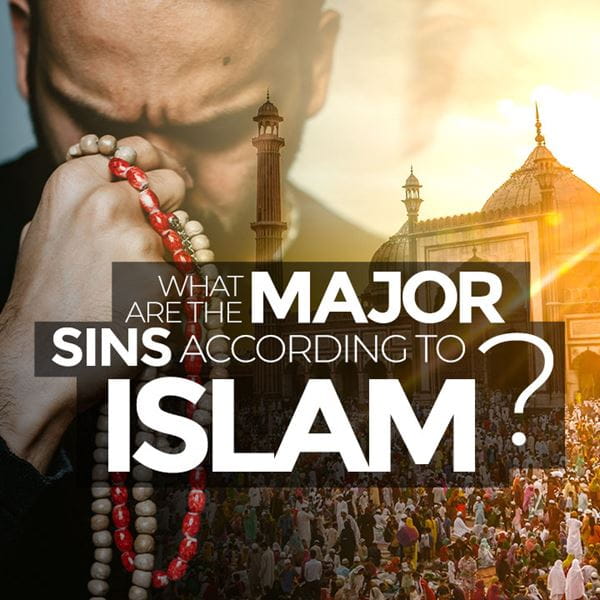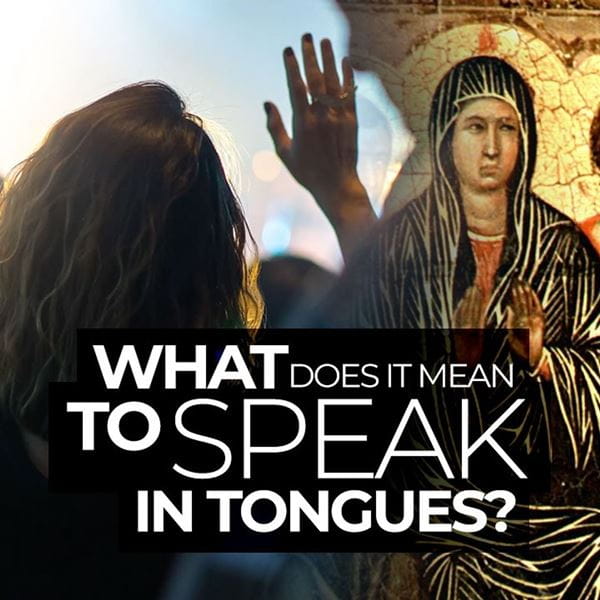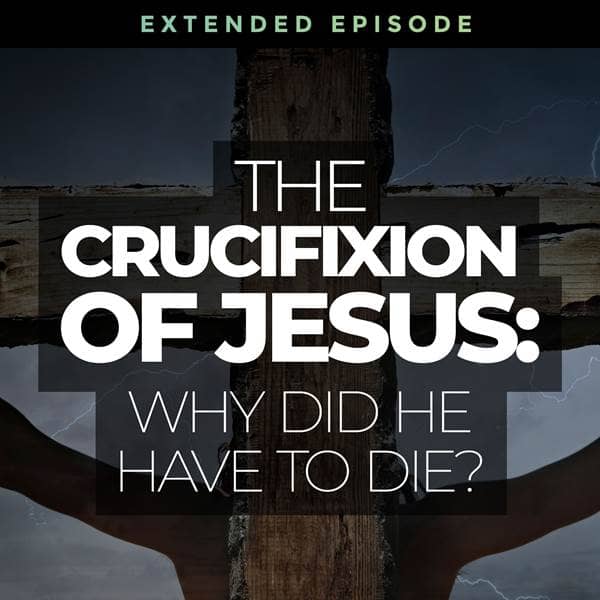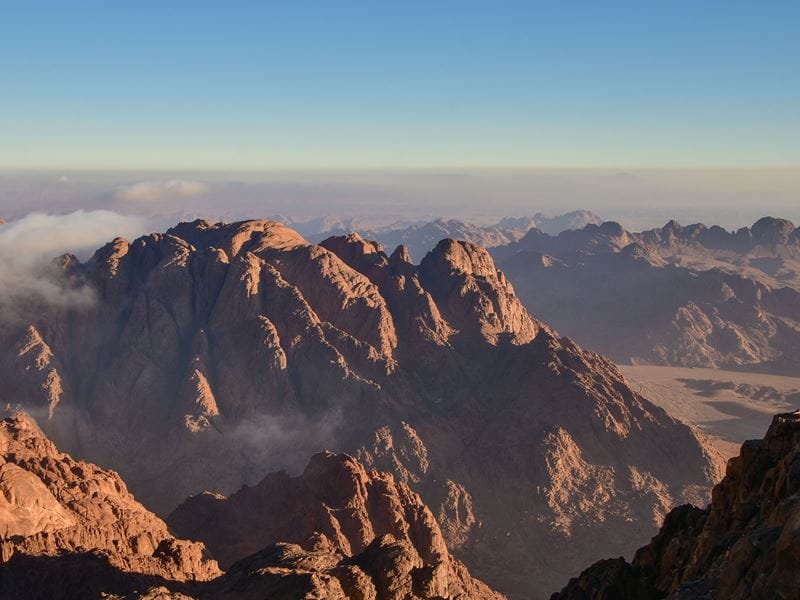
- Trending:
- Olympics
- |
- Forgiveness
- |
- Resurrection
- |
- Joy
- |
- Afterlife
- |
- Trump
The 100 Most Holy Places On Earth
Mount Sinai

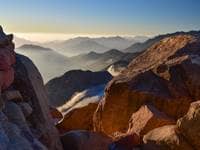
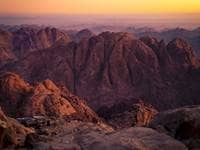
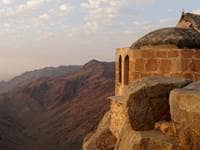
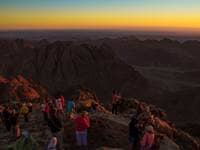
Also Known As:
Mount Sinai
Mount Horeb
Jabal Musa
Mountain of Moses
Associated Faiths:
Islam, Christianity, Judaism
Accessibility:
Open to Visitors
Annual visitors: No official tourist data
History
While no one knows for sure which of several mountains is the actual "Mount Sinai," the one that is traditionally given the title of "Jabal Musa" (or the "Mountain of Moses") is a nearly 7,500-foot peak about 150 miles north of the main Red Sea port city known as Sharm El Sheik. Being one of ten lofty peaks rising up from the desert floor, Sinai means “thorny,” presumably because of the kinds of shrubbery found on the ancient mount. According to Jewish, Christian, and Islamic tradition, this mount is sacred—as it is the site where each of these aforementioned traditions believe that God’s prophet (or messenger), Moses, communed with the divine--who appeared in a "burning bush" (according to the Hebrew Bible).
At the base of the mountain rests the Greek Orthodox monastery of “Saint Catherine.” Founded by the mother of Constantine the Great (Empress Helena) in the 4th century AD, it was completed in the 6th century by Emperor Justinian. While the community of monks living there is relatively small, the monastery houses a significant collection of Byzantine art and ancient manuscripts. Indeed, it is said to house the second largest collection of illuminated manuscripts in the entire world—only allowed to be viewed by the monks and the small number of male scholars to which they occasionally grant access.
The peak of the traditional Mount Sinai is reasonably accessible. A hike from the base to the summit takes approximately four hours of consistent walking. There is a series of stone steps carved into the side of the mountain that makes the ascent and descent relatively easy. Known as the “Steps of Repentance,” these were carved over an extended period of time by a committed Greek Orthodox monk who wished the sacred site to be more accessible to pilgrims.
As with the numerous sacral sites in the Holy Land, Mount Sinai (in Northeastern Egypt) has been commercialized. Thus, atop the 7,497-foot peak are vendors selling food, drink, and other “trinkets” or souvenirs attractive to tourists and pilgrims alike. There is also a small Greek Orthodox chapel which has been constructed atop the mountain.
Religious Significance
Mount Sinai has been called “the most sacred mountain in the Middle East.” Several features make the holy mount a sacred site for Jews, Christians, and Muslims—each of which believe that God counseled and revealed to Moses certain sacred and eternal truths on this holy hilltop. Few biblical sites can be identified with more specificity than Sinai though, during the mid-19th century, some called into question the traditional site, preferring instead a volcano instead of the mountain.
The fact that the Ten Commandments—principles germane to Jews, Christians, and Muslims—were given by God on this holy mountain make it a sacred site for more than four billion members of the various Abrahamic faiths. Additionally, according to Judaism, in addition to the Ten Commandments (or “Written Torah”), it was on Sinai that God also revealed the “Oral Torah” (the other 603 commandments that are considered part of the “Law of Moses” and central today to observant Orthodox Jewish practice).
Atop the mountain is a small “cleft” which has been identified as the very place in which Moses was positioned by God, when He “covered” Moses with His “hand” as He “passed by” the prophet—thereafter allowing Moses to see the “back parts” of the divine (though not allowing him to see His face). Additionally, St. Catherine’s Monastery (at the base of Mount Sinai) houses in its courtyard a bush which is said to have been grown from a clipping of the original “burning bush” through which God appeared to Moses atop Sinai’s mount. The Prophet Muhammed visited this location (in the 7th century) and blessed it, saying that Muslims would “cherish it for all time.” The Prophet promised protection of the monastery and Christians in that region. Thus, within the walled compound in which the monastery rests is a small mosque—evidencing the coexistence of these two faith-traditions; something sadly rare in many parts of the world today.
To ascend the side of Mount Sinai is to climb the very path that Moses may have climbed to commune with God. To stand atop the mount is to walk where one of the most influential of God’s prophets once walked—in addition to standing where God Himself once stood. To stand in the “cleft in the mountain” where Moses hid himself from God’s full glory is to remember the “greatness of God and [our] own nothingness”—comparatively speaking. For these, and many other reasons, Mount Sinai is one of the most sacred sites on the face of the planet—drawing not simply tourists, but pilgrims and believers from each of the three Abrahamic religions who seek to feel God’s presence as Moses did when he first climbed this holy mount.



